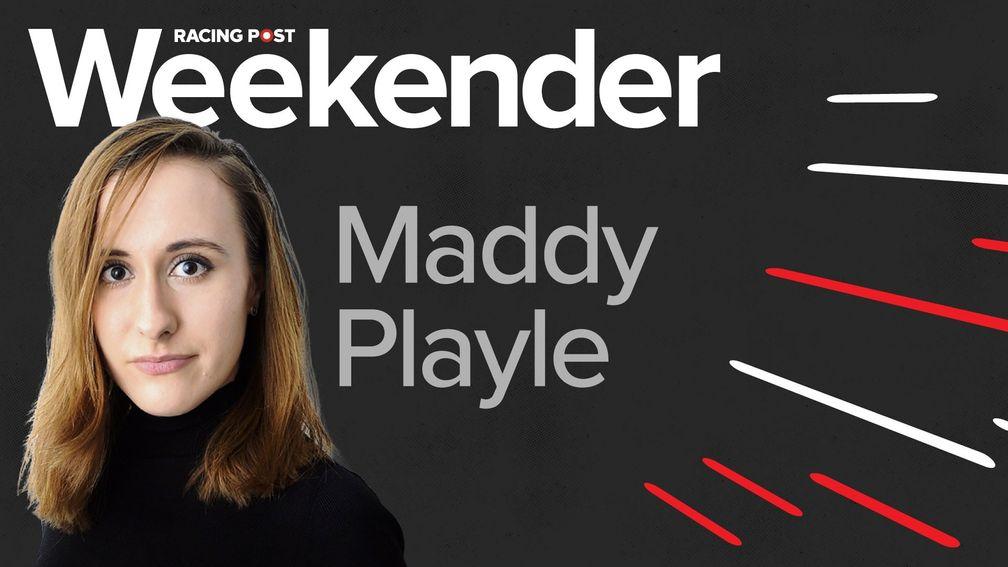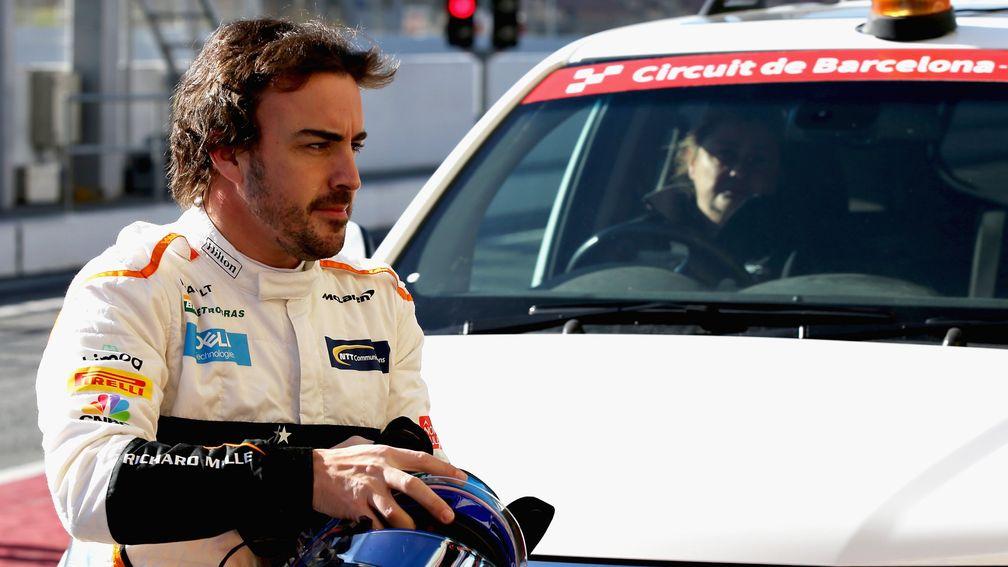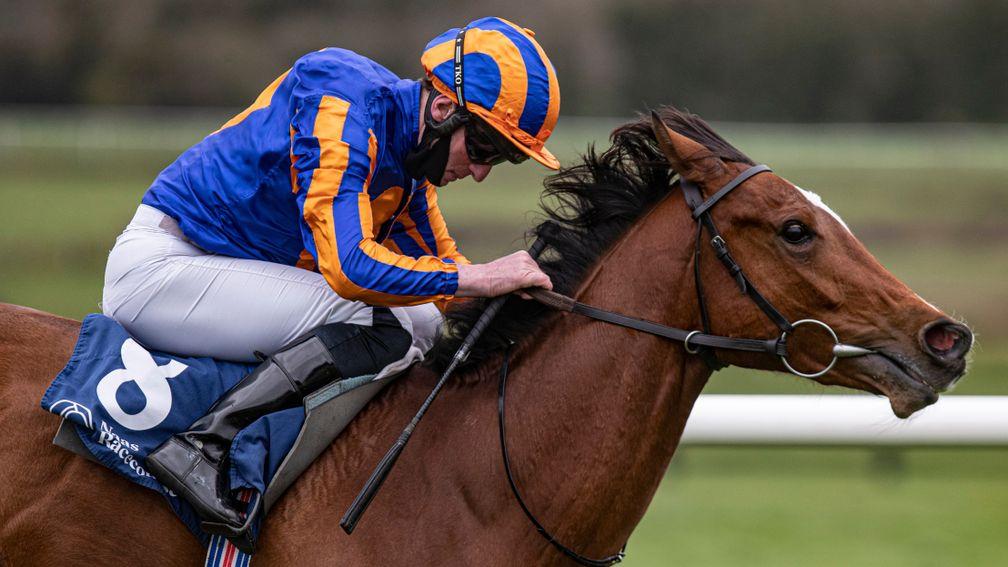How racing can learn from Formula One when it comes to showcasing our sport

Thanks to the popular Netflix series Drive To Survive, I have been an enthusiastic member of the Formula One fanbase since the first lockdown 12 months ago.
The documentary series has been so successful, in my opinion, because it grants the audience access they wouldn’t normally get unless they either attended a Grand Prix weekend or were an employee of one of the teams.
For just the baseline Netflix monthly fee (admittedly, I must thank my sister for that!) you are offered the same experience and insight without having to shell out hundreds of pounds or commit to a whole new career path.
The third series was released last Saturday and, like the two before it, comprises ten episodes and warmly welcomes you into the complex and captivating world of F1.
One thing that has struck me watching it is how many similarities there are between F1 and horseracing, including that there is so much more to love about it than merely who crosses the line first.
You get to learn the basics of the sport, the backstories and characters of the drivers, the teamwork involved, the intricate politics within the industry and all of the resulting drama. Not to mention the pure, unadulterated speed and the danger which goes hand in hand with it.
Racing can learn from F1. It is rich in data, benefiting from live insights courtesy of Amazon – did somebody say sectionals? – and reactive, as presenters regularly get the opportunity to interview team principals in the heat of the moment. Fans also get treated to the live radio messages between the drivers and their engineers, providing valuable insight as well as meme-worthy entertainment.

To provide a parallel to racing, this season Fernando Alonso is the old king returning (a la Kauto Star), Pierre Gasly is the relegated youngster with a point to prove (Goshen comes to mind) and rookies Yuki Tsunoda, Mick Schumacher and Nikita Mazepin have the world at their feet (much like 2,000 Guineas candidates Battleground, Thunder Moon and St Mark’s Basilica).
For all RTE released Jump Boys following Davy Russell, Barry Geraghty and Ruby Walsh in 2012 and Daryl Jacob: Being A Jockey is currently available on the ITV Hub, what Drive To Survive offers is far different – it gives a broader view of the industry as a whole and has a far more intimate and immersive feel to it.
There are murmurs about a racing equivalent – which would be brilliant – but simultaneously creating good content and showcasing our sport doesn’t necessarily need to be about big-budget productions or reinventing the wheel.
An advantage of using social media to advertise and promote is that it is so accessible. Just ask Julie Camacho – her yard has gained popularity recently thanks to her fresh take on a stable tour.
Stable tours are not a new invention, but the difference between the usual horse-by-horse guide and Camacho’s is refreshing. It brilliantly showcases how racehorses are treated as individuals and given special treatment by those who look after them, regardless of their ability.
For instance, I was familiar with two of the string beforehand, talented sprinters Judicial and Makanah, but I now know four-year-old Free Eagle gelding Proclaimer loves oaties biscuits, former Richard Hannon-trained filly Separate hates the rain, and unraced colt Rongwayriley gets stressed when he isn’t the first horse out in the morning.
The well-named Marvel survived a near-fatal injury as a foal so he tilts his head like a puppy, Elite Racing Club’s Maurice Dancer is a boisterous troublemaker, veteran Burtonwood has a penchant for stretching, while Campari prefers scratches.
Many horses don’t like carrots and others have taken time to like mints. Some will eat anything.
It might seem trivial, but these little nuggets offer something different to the same spiel about horses being too high in the handicap or related to a previous winner.
While some would hate to admit it, the use of media in creating a profile or brand is an increasingly important part of running a modern-day business. Jockeys like Oisin Murphy and Cieren Fallon have already used it to their advantage.
Whether it be on Twitter, Facebook or TikTok, Fergal O’Brien’s yard has broken free from the pack in terms of embracing the digital landscape, leaving similar stables miles adrift.
Giant strides have been made in recent years, but racing as a whole – whether it be television stations, trainers, jockeys or racecourses – has a huge opportunity when it comes to marketing our sport to a wider audience. We must keep looking outside of the box to take our coverage to the next level.
O’Brien angle is one to swerve
When the Flat season gathers pace, an angle I particularly like is taking on Aidan O’Brien-trained runners first time out. For the last few years team Ballydoyle seem to have started their season by running their horses into fitness and getting them prepared for bigger targets later on in the season.
It was public knowledge last year that the coronavirus pandemic did their team no favours, particularly when it came to readying their juveniles for Royal Ascot, but this year things look set to go much more smoothly, so my usual strategy looks one to challenge.
From March 21 until the time of writing, O’Brien had six winners from ten runners for a 60 per cent strike-rate, suggesting his string are much more forward than previous years. There was also a rather significant market move for 1,000 Guineas candidate Santa Barbara last week, which only makes things more interesting.
Half of his recent winning haul came at Naas on Sunday, where two-year-old Caravaggio filly Tenebrism produced a sparkling win on her debut over five furlongs. Out of dual Group 1 winner Immortal Verse, she looked all at sea in the opening stages, but once switched out displayed a potent turn of foot to settle matters in just a couple of strides. The final winning margin was three and three-quarter lengths and she was value for much more.

It is early days, but I believe that while you should always re-evaluate your stance, your initial judgement of a race is worth a great deal and should be respected. My impression was I would be staggered if she doesn’t go close in one of the sprint races at Royal Ascot and I can’t wait to see her again.
Also on the card, 2019 Derby fourth Broome made a pleasing reappearance. Dropped in grade and trip (last in the Long Distance Cup on most recent start), I would usually have expected him to need the run, but he picked up handsomely to win with ease.
A sister to seven-time Group 1 winner Minding, the three-year-old Empress Josephine also didn’t put a foot wrong on her debut and it wouldn’t take a huge leap of faith to see her contesting races like the Irish Oaks later on in the year.
All of this points towards O’Brien being ready to rumble, so don’t get your fingers burned.
Read more from Maddy Playle:
The horse has already bolted – British racing needs to act now
£250 fine or a ban? Lack of consistency for transgressions is concerning
Racing should be showcasing its wares but it's now in damage control mode
He's among the best in the world – so where is the love for Golden Sixty?
The Weekender is out every Wednesday and is available at all good stores. You can also download the edition from 9pm on Tuesday evening
Published on 31 March 2021inComment
Last updated 12:44, 31 March 2021
- The whole shape of the Irish Flat season is being defined by one man only - and even his main targets lie elsewhere
- Analysis: Flutter and 888 have enjoyed contrasting fortunes but they still have things in common
- Only a baby step but an important one if racing is to keep some of its David v Goliath moments
- There are so many great betting opportunities on Saturday - here are my best bets including a very strong Curragh fancy
- Coolmore and Godolphin spare the sport some embarrassment - and not for the first time
- The whole shape of the Irish Flat season is being defined by one man only - and even his main targets lie elsewhere
- Analysis: Flutter and 888 have enjoyed contrasting fortunes but they still have things in common
- Only a baby step but an important one if racing is to keep some of its David v Goliath moments
- There are so many great betting opportunities on Saturday - here are my best bets including a very strong Curragh fancy
- Coolmore and Godolphin spare the sport some embarrassment - and not for the first time